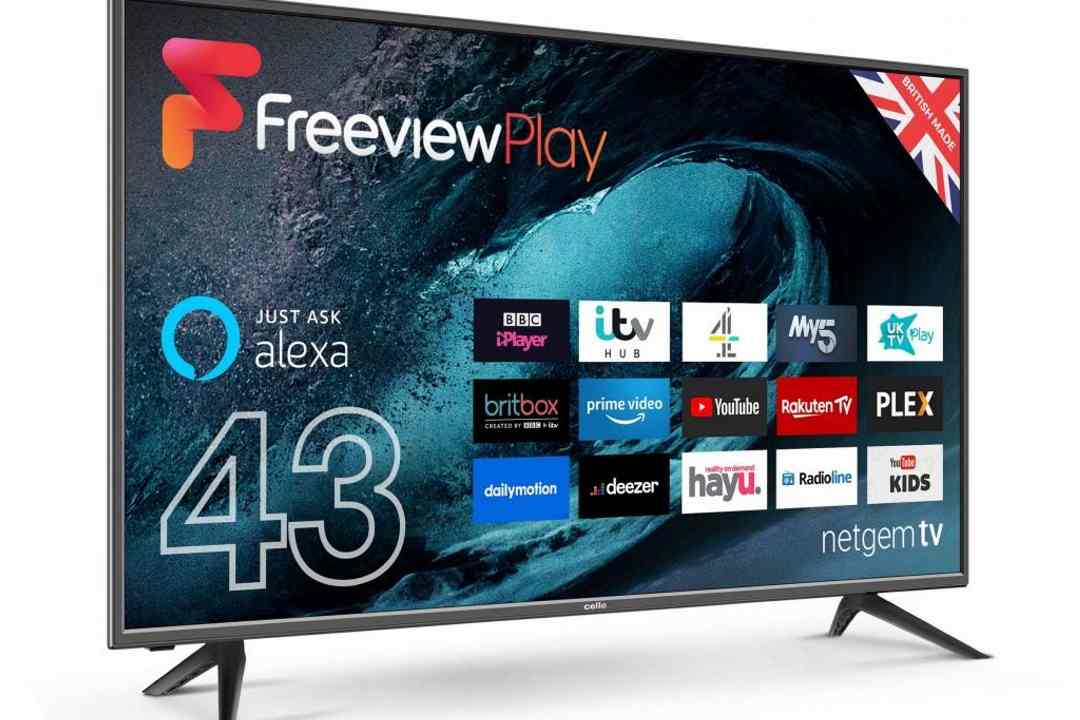
It might be time to clear some space in the living room, as new videogame consoles arrive from Sony Corp. and Microsoft Corp. for the first time in seven years.
Well, sort of.
While the PlayStation 5 and the Xbox Series X and S are considered the first new generation in all that time, both their makers have put out upgraded versions of the previous systems as recently as 2017. Given these boxes sell for a few hundred dollars a pop, it’s important to understand why the latest machines are a full step up from their predecessors, as well as what sets them apart from each other.
Unlike with past releases, Sony and Microsoft aren’t offering just one new console apiece. They both have two versions going on sale this month. All four are superior to even their most powerful ancestors in terms of graphical fidelity and speed, with beefier controllers, too. In our tests, games looked better and—perhaps more important—could be downloaded and fired up much faster. Long waits for new scenes to load? Not anymore.
Still, how deeply you notice the differences will likely depend on how long it has been since you last bought a console.
How can I decide which new console, if any, to buy?
There’s plenty to consider, as prices, designs and features vary among the four.
Making a debut Nov. 10, Microsoft’s $500 Xbox Series X is a black box weighing nearly 10 pounds, with a built-in Blu-ray disc drive and a terabyte of internal storage. It supports true 4K-resolution gaming. Its slimmer white sibling, the Xbox Series S, costs $300. The lower price means no optical drive, less storage and reduced performance: You can’t play games in 4K.
TOP GADGETS
See All
The new Xboxes are rectangular, like their predecessors, though the Series X is taller and fatter than prior models. The Series S, at about half the weight, is the smallest Xbox ever, Microsoft says. Both models can rest either horizontally or vertically.
Coming Nov. 12, Sony’s PlayStation 5 and the PS5 Digital Edition cost $500 and $400, respectively, the latter missing only a 4K Blu-ray optical disc drive.
Compared with their PlayStation predecessors, the new machines are noticeably taller and deeper. They’re black in the middle with white exterior panels that slightly fan out at each end, giving the consoles a more futuristic aesthetic than prior PlayStations.
While the new design for both brands might be their most radical new aspect, the generational leap can really be felt, too, in their more-immersive and smoother user experiences. Their redesigned controllers also make playing games more interactive and social than ever before.
As usual, the biggest differentiator between PlayStation and Xbox will be the games—and each will have exclusive titles soon, if not right at launch. The action-adventure game “Marvel’s Spider-Man: Miles Morales” will be available to purchase for the PS5 on day one. Another Sony exclusive, the all-ages adventure game “Astro’s Playroom,” comes included with the new consoles.
Microsoft is working on a new installment of its sci-fi shooter series Halo, but it is delayed until next year. Meanwhile, Microsoft is offering up optimized versions of recent exclusives, including “Forza Horizon 4″ and “Gears 5.”
Keep in mind Sony and Microsoft’s new consoles will compete this winter with Nintendo Co.’s superpopular $300 Switch, a console that came out in 2017 and is playable on a big screen or as a hand-held portable. (There’s also a portable-only $200 version.) Nintendo generally banks on its own exclusive games, including the Mario and Zelda franchises, as well as the hit of the pandemic, “Animal Crossing: New Horizons.”
What’s new with the controllers?
The new Xbox controller gains textured grips for the triggers and bumpers, a USB-C port and a directional pad that allows for 360-degree movements. It also adds a button for capturing and sharing video footage of gameplay on social media.
Sony’s newest DualSense controller also has a video capture-and-share button, though so did the last one. It also features more intense haptic feedback—not just vibrating, but rattling, scraping and more. Special new triggers create tension, like when pulling back an arrow to shoot a bow. And the controller has 3-D audio. Yes, sound comes out of this thing.
While in-house games like “Astro’s Playroom” do a nice job of showcasing all the new capabilities, the trick will be getting developers to find ways to put them to use.
Can I play my old games and use my old controllers?
The new Xbox and PlayStation consoles both support older games, including digital and physical copies. When I played a few classics on my 4K TV, they looked noticeably better. You won’t need to re-create the bulk of your games library—unless the last time you bought a console was when “The Da Vinci Code” was in theaters.
The same backward compatibility applies to older officially licensed peripherals such as racing wheels and flight sticks. While the new controllers, one included with each system, do boast some great upgrades, you’re going to want to hang onto your old controllers.
Developers are optimizing some existing games for the new consoles; if you already own one of them, you might have to pay for the upgrade. (You can still play the “old” version on the new console, and feel some improvements.) For example, you won’t have to pay again for any optimized Xbox games from Microsoft’s first-party studios. But if you purchase the digital download of Activision Blizzard Inc.’s new Call of Duty game for a last-generation console then later buy one of the new consoles, it will cost $10 to upgrade. (No upgrade for people who buy the game on a disc.) Alternatively, there are “cross-generation” bundles that factor in the added cost up front.
What else should I be thinking about?
While people choose their preferred console for a lot of reasons, the biggest one tends to be, “It’s where all my friends are.” However, that isn’t necessarily an issue anymore.
While Sony and Microsoft still offer online connectivity through their respective PlayStation Plus and Xbox Live subscription services, more games enable cross-platform play, including the survival game “Fortnite” and the building game “Minecraft.” As more developers follow, you’ll be able to play games with your friends even if they are on a different system.
Even the concept of owning a console might be fading. New cloud-gaming services from the likes of Google, Amazon and Facebook could one day make consoles obsolete, as users stream games over any internet-connected device, including laptops and phones. Sony has cloud gaming on its consoles and Microsoft offers it via Android phones and tablets.
For now, though, cloud services have limited game libraries. Consoles provide online access to a much wider selection. And the cloud services don’t support cross-platform play, at least not yet.
Finally, you should consider holding on to your previous-generation console, if only to save a little money: Sony and Microsoft have a history of lowering prices of new machines within a few years of launching them. Also, it takes time for developers to ramp up production for new consoles, and right now studios are already struggling to keep up the pace due to pandemic lockdowns.
That said, being stuck indoors this winter does make a good case for splurging.
—For more WSJ Technology analysis, reviews, advice and headlines, sign up for our weekly newsletter.
Write to Sarah E. Needleman at sarah.needleman@wsj.com







